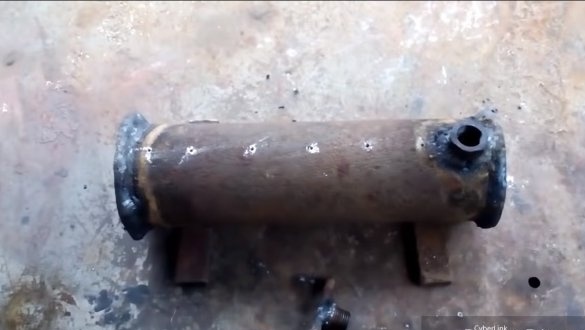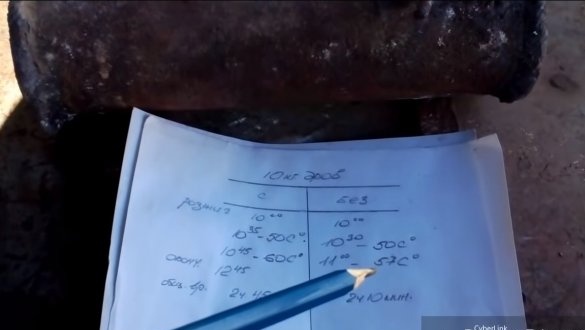Such an idea has been surfing the Internet for a long time - to supply water to the oven, which then turns into steam. Thanks to this approach, energy costs are significantly reduced, but why, no one could explain.
Some argue that water at high temperatures decomposes into hydrogen and oxygen, that is, it begins to burn. However, this process requires very high temperatures, which the furnace simply does not have.
There is also a version that water vapor has a high heat capacity or thermal conductivity, as a result of which the furnace warms up better. Of course, this version has a place to be, but it all depends on the furnace. If the efficiency of the furnace is low, then steam, theoretically, can increase this figure.
Well, the simplest version is that thanks to water, the combustion process slows down, firewood burns longer, the stove manages to warm up better, that is, less heat is passed through the pipe. But here again everything depends on the design of the furnace.
How it works
This log is a piece of pipe with holes, which is heated in the coals of the furnace. When water enters the pipe, it turns into steam and leaves the holes at high speed. Water can be supplied by drip.
Is it a myth or a truth? What do you think about this? Have you tried to make such a log?


